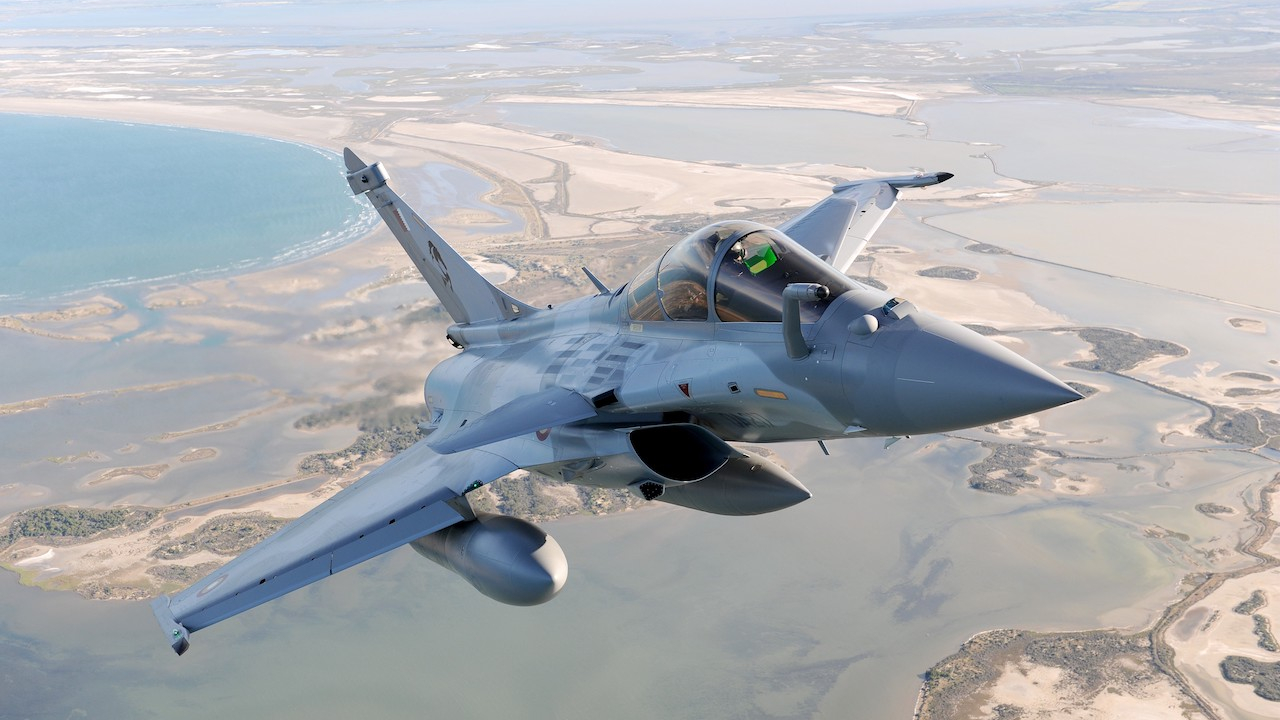T129 goes on the ATAK

The P1 prototype helicopter made its maiden flight at AgustaWestland’s Vergiate facility in northern
Under the banner of the ‘ATAK team’, TAI is operating as prime contractor and is working alongside two key sub-contractors – fellow Turkish company Aselsan and AgustaWestland – to deliver a contract for 50 T129s under the Attack/Tactical Reconnaissance Helicopter requirement of the Turkish Land Forces Command (TLF).
The firm orders for 50 T129s is worth in excess of 1billion Euros to AgustaWestland and this could increase further if Ankara exercises an option for a further 41 aircraft as part of the agreement.
AgustaWestland says the programme is on time and budget. As the project gathers pace, a dedicated T129 facility was opened at AgustaWestland’s Cascina Costa base on the outskirts of
As part of the T129 programme, Turkish industry will be responsible for the integration of high-tech avionic equipment, hardware and software, which will be developed locally. A proportion of design, development and production work will also involve Turkish aerospace companies. For example, Aselsan will develop and produce the mission computer and targeting, navigation, communication and electronic warfare systems.
Speaking at the first flight ceremony, Muharrem Dortkasli, general manager of TAI, said: “It is a great privilege to be here today to witness the first flight of the T129. This will become the most advanced helicopter in its category, so satisfying the requirements of the land forces, as well as making it very appealing to the international market – an international market in which the Turkish industry will play a primary role.
“It has been a long journey for us to come to this point. We are proud of the success the ATAK team has generated; a success which I am sure will be followed by many others.”
AgustaWestland chief executive Giuseppe Orsi underlined the importance of the industrial partnership behind the programme: “It gives us great pleasure to celebrate today the first flight of the most modern combat helicopter in the world,” he said.
“This event sets a major milestone in our long-standing partnership with Turkish industry and provides clear evidence of how effective this collaboration has been in jointly developing a state-of-the-art all customer-focused solution designed and brought to life in an extraordinary timely manner.
“Today the Turkish aviation industry enters a new era at the forefront of rotorcraft technology. We are committed to further expanding such a successful co-operation in the future.”
Further prototype deliveries are next on the agenda for the ATAK team, with P2 and P3 due to be delivered in 2010. P4, the first TAI aircraft, is scheduled to be delivered to TAI early in 2010 for final assembly in
Aircraft P4 will then be delivered to the Turkish Army as the first production helicopter. The programme also includes a second TAI assembled prototype, P5, which will fly in 2011.
The AgustaWestland AW129 International was selected as the platform for the ATAK requirement in March 2007. Contract signature and contract effectiveness took place in September 2007 and June 2008 respectively.
AgustaWestland has been strengthening its presence in
The company has forged a long-standing collaboration with
TAI is already closely involved in one of AgustaWestland’s key product lines, the AW139, for which it delivers fuselages at the rate of approximately three a month. TAI has delivered more than 80 fuselages so far.
ATAK programme in numbers:
50 – the number of T129s on firm order
41 – the potential number of additional options that could be confirmed
1 billion – the value of T129 work in Euros to AgustaWestland
5 – the number of prototypes in the T129 development programme
2010 – the date for the second and third prototypes to be delivered
Box copy:
Caption: A full-scale mock-up of the TUHP 149 was unveiled by AgustaWestland at Le Bourget in June.
TUHP contract decision imminent
The 100-plus aircraft order is being contested by Sikorsky, with a T-70 variant of its UH-60 Black Hawk and AgustaWestland, which is offering the TUHP 149; a Turkish dedicated customised variant of the latest addition to its product range, the AW149.
AgustaWestland announced in May at IDEF in
If selected, the move would be significant for AgustaWestland, as it would then have a major export customer in place for the AW149, which was announced at the Farnborough Air Show in 2006.
The TUHP competition was launched in 2005 and a decision on the acquisition of 54 helicopters was expected in late 2007. The requirement was raised to 84 helicopters and later to the current 109 aircraft. This figure could be further increased in the future. A final decision was expected in June this year, but has been delayed again pending further evaluation of the two competing types.
Stay up to date
Subscribe to the free Times Aerospace newsletter and receive the latest content every week. We'll never share your email address.

